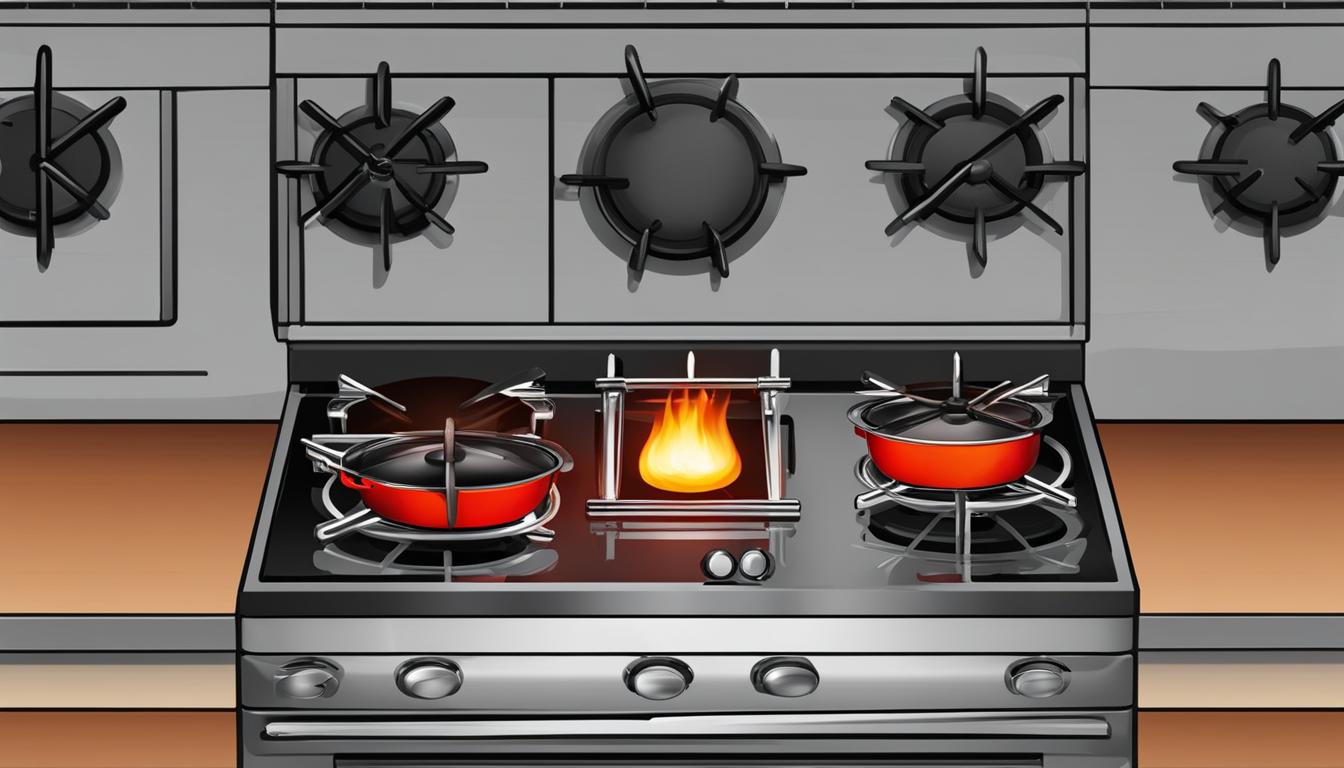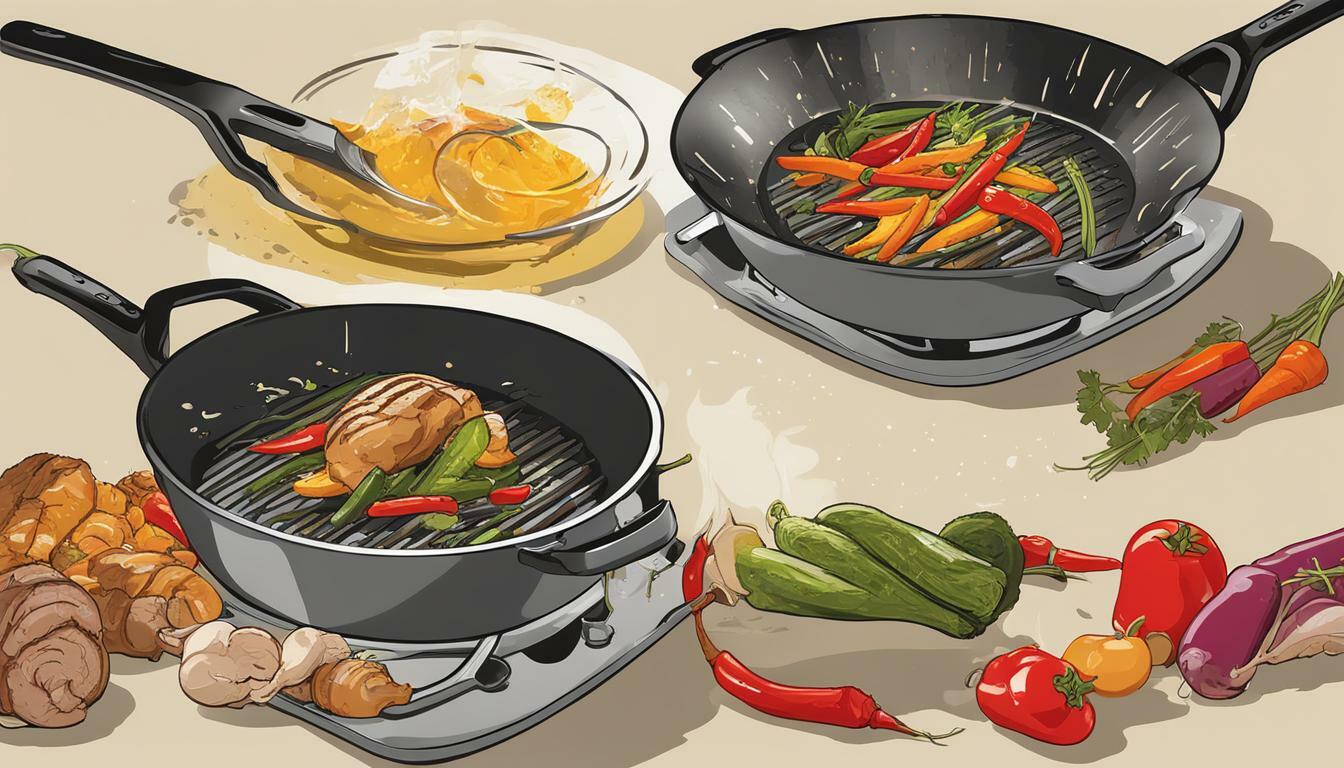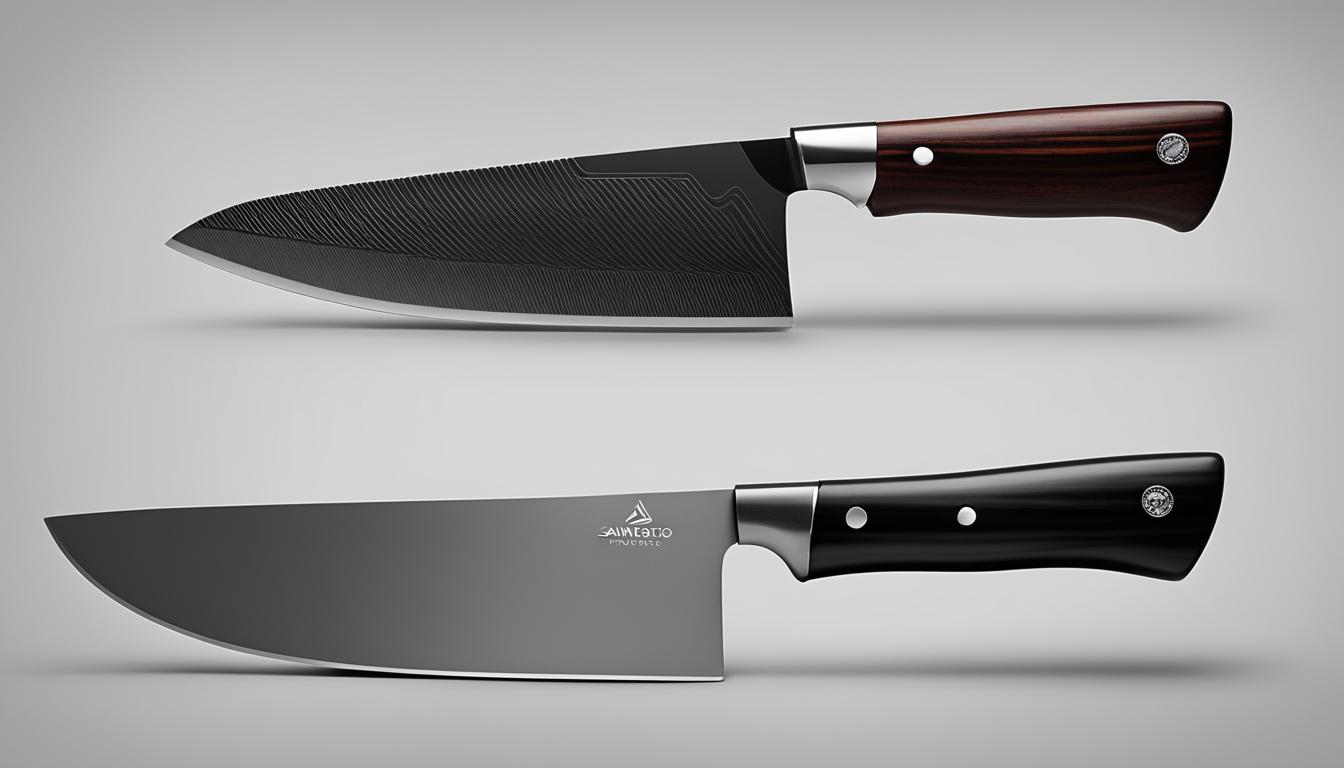When it comes to cooking meat or vegetables, braising and stewing are two popular techniques that many people often confuse. Although these two methods are similar, they have their unique differences that set them apart. In this article, we’ll take a closer look at the difference between braising and stewing and learn when to use each technique for your favorite dishes.
Key Takeaways:
- Braising and stewing are two popular cooking techniques often confused for each other.
- There are distinct differences between braising and stewing, although both methods involve cooking ingredients in liquid over low heat for a long time.
- Braising is best for tougher cuts of meat, while stewing is better for softer cuts of meat and vegetables.
What is Braising?
Braising is a cooking method that involves searing meat or vegetables in a hot pan and then slowly cooking them in a covered pot with a small amount of liquid, such as broth or wine. The resulting dish is typically juicy and tender, with a rich and savory flavor.
The key to successful braising is to choose the right cut of meat, such as beef chuck or lamb shanks, that has enough connective tissue to break down during the slow cooking process. The searing step is also crucial, as it helps to develop a flavorful crust on the surface of the meat and creates a base of caramelized bits that will enhance the sauce.
Compared to stewing, braising typically requires less liquid and a longer cooking time, which allows the meat to become fall-apart tender and the flavors to meld together. Braising is also a great option for cooking tougher cuts of meat that may be less expensive but are full of flavor.
One of the advantages of braising over stewing is the concentrated flavor that results from the meat being cooked in a smaller amount of liquid. Braising is also a great way to infuse flavor into vegetables, such as carrots and onions, which can be cooked alongside the meat and absorb the savory sauce.
What is Stewing?
Stewing is a cooking method that involves cooking food in a small amount of liquid in a covered pot over low heat. The heat causes the liquid to simmer and the ingredients to cook slowly and evenly. Stewing is often used for tougher cuts of meat that require longer cooking times to become tender.
Unlike braising, which involves searing meat before cooking it in liquid, stewing typically doesn’t require any preliminary cooking. The ingredients are simply added to the pot with the liquid and cooked until they reach the desired level of tenderness.
One advantage of stewing over braising is that it requires less attention and is less hands-on. Once the ingredients are in the pot, the cook can step away and let them cook slowly. This makes it a great option for busy cooks who don’t have a lot of time to devote to cooking.
Another advantage of stewing is that it allows the flavors of the ingredients to meld together over time. As the ingredients cook in the liquid, they release their flavors, which then infuse the other ingredients. This can result in complex and delicious flavors that are hard to achieve with other cooking methods.
While stewing can be used for a wide variety of ingredients, it is especially well-suited for dishes like stews, soups, and chili. These types of dishes typically involve a variety of ingredients that are cooked together in a flavorful broth or sauce until they are tender and delicious.
Differences in Cooking Techniques – Braising and Stewing
While braising and stewing are both slow-cooking methods, they differ in some key ways. Braising involves browning the meat first and then cooking it in a small amount of liquid, usually in a covered pot or casserole dish, in the oven or on the stove. Stewing involves cutting the meat into bite-sized pieces and cooking it in a large amount of liquid, usually on the stove, until it becomes tender.
With braising, the meat is usually cooked with vegetables, herbs, and spices to infuse them with flavor. The cooking liquid is typically thickened to make a sauce or gravy which is served alongside or poured over the meat. On the other hand, stewing is more often used for making soups, stews, and casseroles in which the meat is the main ingredient and is surrounded by a variety of vegetables, legumes, and grains.
| Braising | Stewing |
|---|---|
| Meat is browned first | Meat is not browned |
| Cooking liquid is added in small amount | Cooking liquid is added in large amount |
| Meat is cooked with vegetables, herbs, and spices | Meat is cooked with a variety of ingredients |
| Thickened cooking liquid is served as a sauce or gravy | Liquid becomes part of the final dish |
Another key difference is the length of cooking time. Braising usually takes less time, typically 2-3 hours, while stewing can take several hours to develop the deep, complex flavors. Braising is best suited for tougher cuts of meat like beef chuck, brisket, or pork shoulder, while stewing is ideal for tender cuts like lamb shank, chicken thighs, or fish.
Ultimately, the choice between braising and stewing depends on the type of dish you want to make and the ingredients you have on hand. Both methods have their own unique advantages and produce delicious, comforting meals that are perfect for cold, rainy days or just when you need a hearty meal to warm you up!
Similarities Between Braising and Stewing
While braising and stewing are different cooking techniques, they do share some similarities.
- Both methods involve cooking meat with liquid over low heat for an extended period of time. This helps to tenderize tougher cuts of meat, making them more flavorful and easier to chew.
- Both techniques can be used with a variety of meats, including beef, pork, lamb, and poultry.
- Both methods allow for the addition of vegetables, such as carrots, onions, and potatoes, which can be cooked in the same pot as the meat to create a complete, one-pot meal.
These similarities make braising and stewing popular methods for creating hearty, comforting meals, especially during the colder months.
Conclusion
In conclusion, while braising and stewing may seem interchangeable, there are distinct differences between the two cooking techniques. Braising involves browning meat before cooking it in liquid, resulting in a tender and flavorful dish that is perfect for tougher cuts of meat. On the other hand, stewing involves cooking meat in a liquid without browning it first, creating a dish with a more uniform texture.
Despite these differences, both braising and stewing are excellent ways to create hearty and delicious meals, and have their advantages and disadvantages. Whether you prefer the richer flavor of braised dishes or the simplicity of stews, both techniques are great for creating comforting meals that are perfect for colder weather.
So, the next time you plan to cook a meal that requires simmering meat in a liquid, consider these differences and decide which technique is best suited to your needs. With the right ingredients and methods, you can create a delicious meal that will impress even the most discerning foodie.



